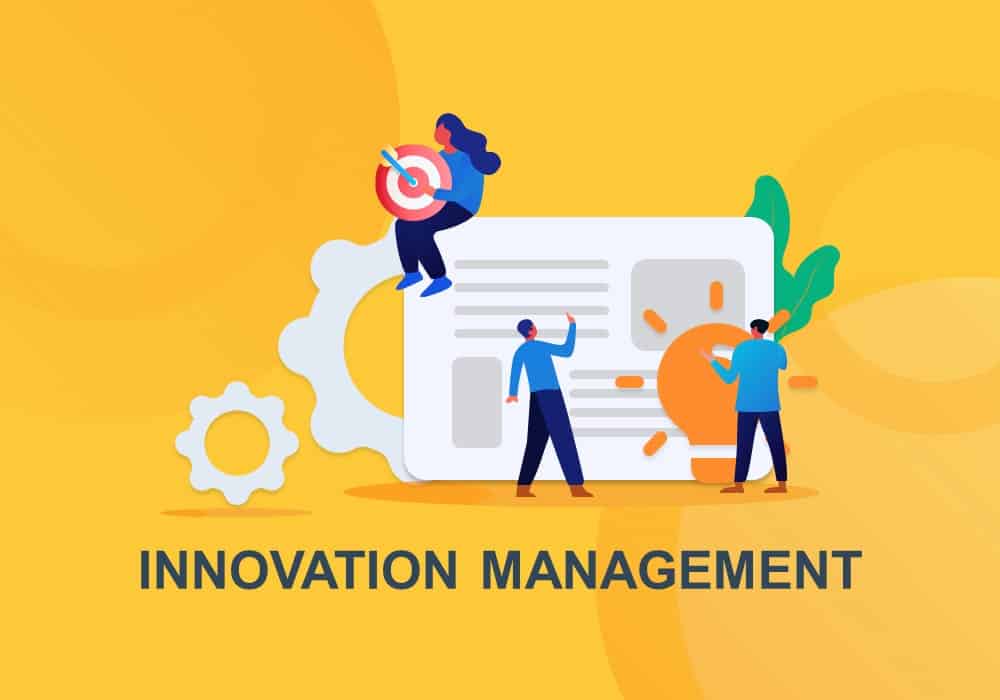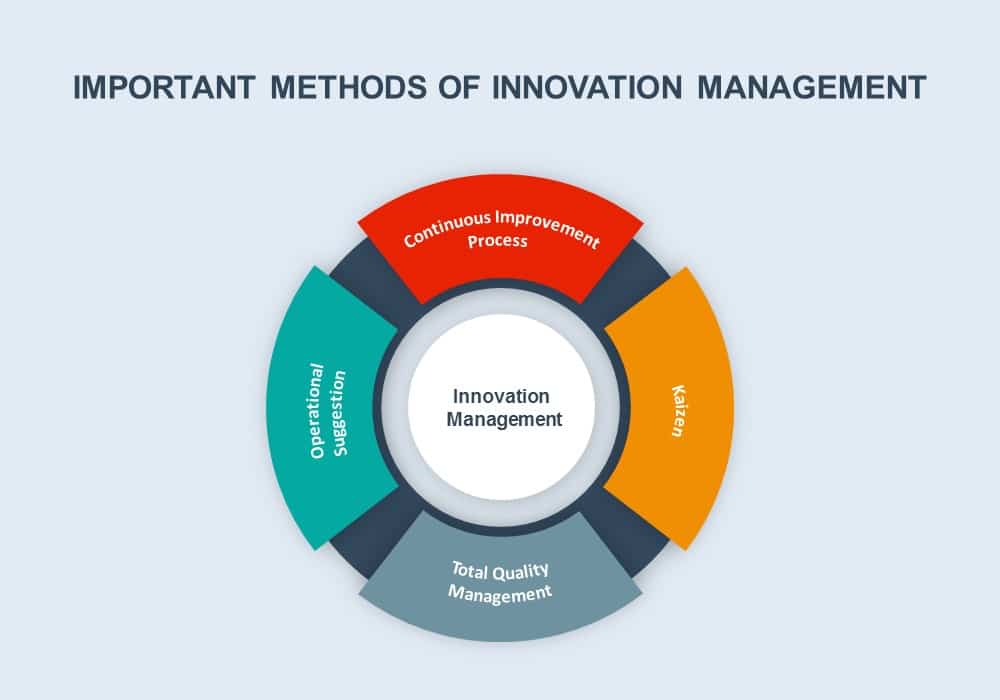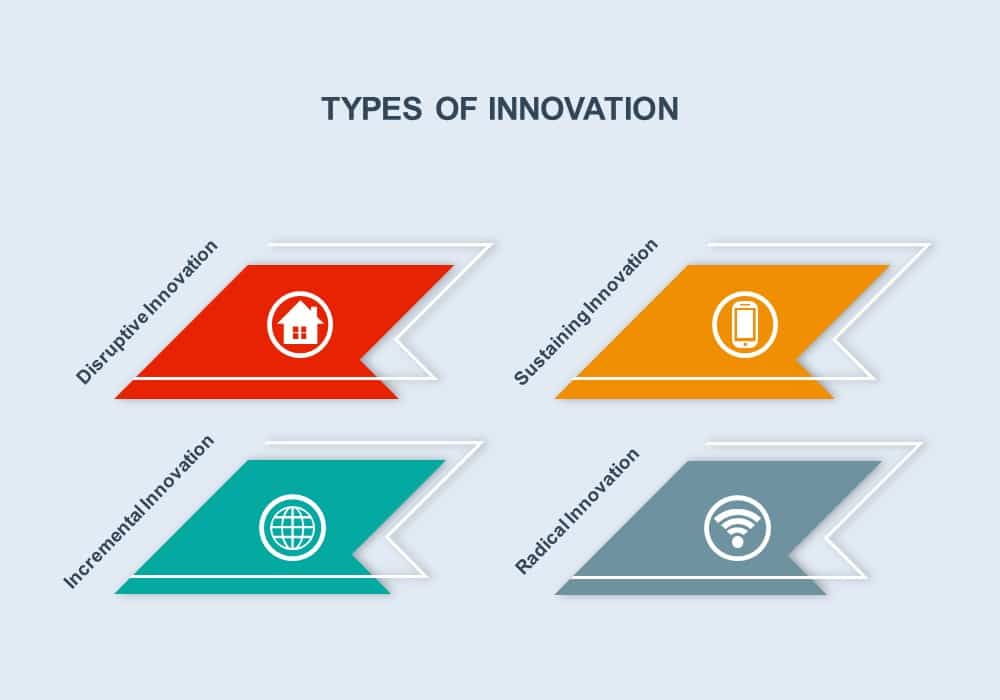Innovation management: Breathe of business success

“Innovation” is the term that often used in modern business environments. Irrespective of business, “innovation” is encompassing through personal life to professional life. Common people know that the term “innovation management” denotes something “new”. However, the quest for innovation would not be a new concept, it has a long history. Human enquiry to finding new things and practice new lifestyles is old as humans. When men became a trading animal, this enquiry is extended to his organization or his trades. They managed to do new things and incorporate new methodologies to their life and work with success mantras. This has given birth to the new knowledge and the proliferation of “innovation management”.
Definition of innovation management
Terms that are frequently related to innovation are idea and creation. An invention or creation is to be distinguished in so far as it is not yet used as creative attainment of a new problem solution compared to innovation. It is the same with the idea, which is imaginative thought something new. In a nutshell, we can define as innovation management is an organized process of creating, capturing, discussing and improving, forming, evaluating and prioritizing valuable insight or substitute thinking that would otherwise not have emerged through ordinary processes.
“Be innovative”, everybody is familiar with the connotation but not in the complete sense. Only leaders of the company know it in a full sense because they have realized the truth that innovation management is the gateway of their existence in their specialized area. Taking inventive ideas from employees at many levels will make an active and combined workforce, identifying employee’s effort and communicating successfully with all stakeholders are the vital building blocks of innovation management. Today, employees also know the importance of being innovative.
Studies show that over 90% of managers think innovation is key to their organizational success.
The term innovation management thus denotes to the management of all the activities required to “introduce something new”, which in practice means things like coming up with inventive ideas, creating, ordering and applying them, as well as putting them into practice, for instance by introducing new products, or by presenting new internal processes.

Innovative management handling with all measures to promote innovation in organizations and to generate benefits, for instance:
- New products and services to triumph over new markets.
- Upgraded products and services to stand out from the competition.
- Improve internal processes to fortify the company from the inside or to save costs.
- Creating new business models to use new sources of income.
What are the tasks and areas of innovation management?
Innovation management has not such restrictions, let you apply it in any area of life. But as it is a management strategy, the business has set some definite areas there you must apply innovation management. There are two major pillars of innovation management:
- On the one hand, the moulding of framework conditions, so that ideas are always created in the company and executed into successful innovations. The focus here is on organizational development activities.
- And, on the other hand, the real innovation, active search, development and implementation of ideas. This requires, for example, creativity and project management.
The area of innovation management includes:
Trend management: Identification of trends and future opportunities and risks.
Creation of the innovation strategy and planning of the inventive activities, for example with an innovation roadmap.
Establishing roles in innovation management, such as decision-making organizations and process ownership.
Concept management to find, develop and assess ideas.
Modernization process for converting an idea into a successful innovation: concept development, business plan, solution development, prototyping, execution and marketing.
Establishing an innovation culture that encourages innovation.
Portfolio management and innovation control (for instance, innovation indicators) to manage innovation activities.
Dealing with copyrights and protective rights.
Open innovation and innovation systems to exploit external sources of innovation and means.
Change management in the setting of innovation projects.
The variety of activities in innovation management also makes it clear that they are combined into all business areas. Innovations are all about.
If you are failing to identify the importance of innovation management may result in an organization with outdated offerings. At times the organization may come to a compromise by failing to deliver quality innovative offerings that contribute to remaining ahead of the competition. Incorporating an innovation management platform can aid your organization to capture ideas and serve as a discussion platform producing solutions to business challenges or new product launch. Inspire your employees to generate more by rewarding the best of their innovative spirits by shaping a sustainable innovation pool backing your business initiatives.
Improvement vs. Innovation
These two terms are relatively connected but don’t convey similar meanings. “Improvement” would not be always innovative. It is only the modification of existing things which may not be accepted by the people. But, innovation produces “something new” for the people, which would be curiously accepted by the people. Innovation is rejuvenation. Improvement is also the application of something new, but with a lower uniqueness degree and it is usually the optimization or extension of existing. Though, what innovation is and what is improvement cannot be clearly defined and is also different conditional on the observer.
Innovation management includes a variety of management methods and approaches to improve existing process, deliverables and organizations. Many of them have their origin in quality management. Here are some examples:
Methods of innovation management

- Continuous Improvement Process: All employees are encouraged and empowered to frequently question and improve processes in teamwork. The basis is the PDCA cycle (Plan – Do – Check – Act).
- Kaizen: “Let no day pass without any improvement in the company” is the note of Kaizen, which initiates in Japan and is similar to the KVP.
- Total Quality Management: The attention is on the quality of the processes and products, including the employees, to improve customer satisfaction.
- Operational suggestion: The objective is to motivate employees to think about it. They have assumed the opportunity to naturally submit ideas, which are then treated, executed and rewarded in a clearly controlled process.
Improvement and innovation go hand in hand. A company should stay on continuous improvement process such as a new outlook on waste management.
A management innovation makes long-lasting benefit when it meets one or more of three conditions: The innovation is based on a unique principle that challenges management belief; it is systemic, encircling a range of processes and methods; and it is part of an ongoing program of the invention, where
A management innovation can be described as a noticeable withdrawal from traditional management principles, procedures, and practices or a withdrawal from customary organizational forms that considerably modifies the way the work of management is performed. Simply says, management innovation changes how managers do what they do. And what do managers do? Typically, managerial work includes:
identifying goals and laying out plans;
Encouraging and aligning effort;
Organizing and controlling activities;
Gathering and allocating resources;
Obtaining and applying knowledge;
Building and fostering relationships;
Classifying and developing talent;
Accepting and balancing the demands of outside constituencies.
Types of innovation

What is disruptive innovation?
Disruptive Innovation mentions to a technology whose introduction considerably shakes the way a market or industry functions. An instance of modern disruptive innovation is the Internet, which significantly altered the way companies did business and which negatively impacted companies that were reluctant to adapt to it.
What makes a technology or innovation “disruptive” is a point of argument. The term may be used to define technologies that are not really disruptive. As stated above, the Internet was disruptive because it was not a recapitulation of the former technology. It was something new that created exclusive models for making money that never existed before. Of course, that created losses for other business models. For example, the public telephone booths and rental video shops are disappeared after the introduction of mobile smartphones.
What is sustaining innovation?
Sustaining innovation is the reverse of disruptive innovation as it exists in the current market and instead of making new value networks; it improves and grows the existing ones by satisfying the requirements of a customer. The improved version of the product/service can be more costly and have higher margins than the previous one if it targets more demanding, elite customers with better performance than what was formerly available.
What is incremental innovation?
Incremental innovation is a series of innovation that gradually applying to a product/process. It has become a common strategy in the consumer technology industry, as businesses attempt to frequently improve personal devices with customer-friendly features.
What is radical innovation?
Radical innovation is the extreme of disruptive innovation that simultaneously uses innovative technology and a new business model. For example, Amazon has been used the new revolutionary internet for a new business model named E-commerce.
Most corporates have been developed on the basis of introducing “something new” for the customers. Management of the 21st century isn’t much different from management in the 20th century. However, you must be a management innovator right now because the amount of competition may differ from now and then.


